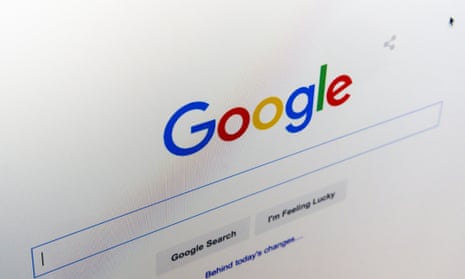Google will begin to downgrade search results for websites that show an interstital advert for their mobile app from 1 November, as part of its ongoing effort to promote “mobile-friendly” sites on its web search.
The new policy means that websites that show mobile users a whole-page advert for an app before they can use the site itself will be penalised in their search ranking. Sites that use an app install banner across the top of the page will continue to be classed as mobile-friendly under the new rules.
Google argued that a full-page advert is “not a good search experience” for users. In a blogpost, Daniel Bathgate, a software engineer for Google Search, wrote: “Sometimes a user may tap on a search result on a mobile device and see an app install interstitial that hides a significant amount of content and prompts the user to install an app.
“Our analysis shows that it is not a good search experience and can be frustrating for users because they are expecting to see the content of the web page.”
The downgrading will only affect searches made by mobile devices, and it is part of the company’s ongoing attempt to promote “mobile-friendly” websites in search results. Introduced in April, the new policy was quickly dubbed “mobilegeddon” based on the magnitude of the changes it demanded of web developers. Major sites such as the Daily Mail had to rush out mobile-friendly redesigns or risk losing search traffic.
Sites such as Etsy and Yelp run the risk of being similarly affected by the latest changes. Both companies use an interstitial ad to encourage users to download their mobile apps.
Ironically, just a few days earlier, a different division of Google announced its own full-page app adverts. In a post on its Adwords blog from 27 August, the company’s advertising division demonstrated a new design for app-install ads which companies might want to employ.
In a post, the firm described the new design: “Inspired by Material Design, the new app-install interstitial comes with a beautiful cover photo, a round install button, and matching colour schemes. Technology called ‘colour extraction’ makes the ads more consistent with the brand’s look and feel – we extract a dominant colour either from the cover photo or app icon and apply it to the footer and install button. We found that having a greater variety of designs and colours can improve conversion rate.”
But those adverts are only used in-app, and so are not covered by the search division’s crackdown on full-page web adverts, the company told the Guardian.
- Updated to clarify that in-app adverts, like those made by Adwords, are not covered by the downgrading of mobile web adverts.

Comments (…)
Sign in or create your Guardian account to join the discussion